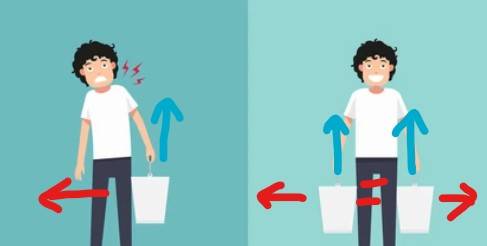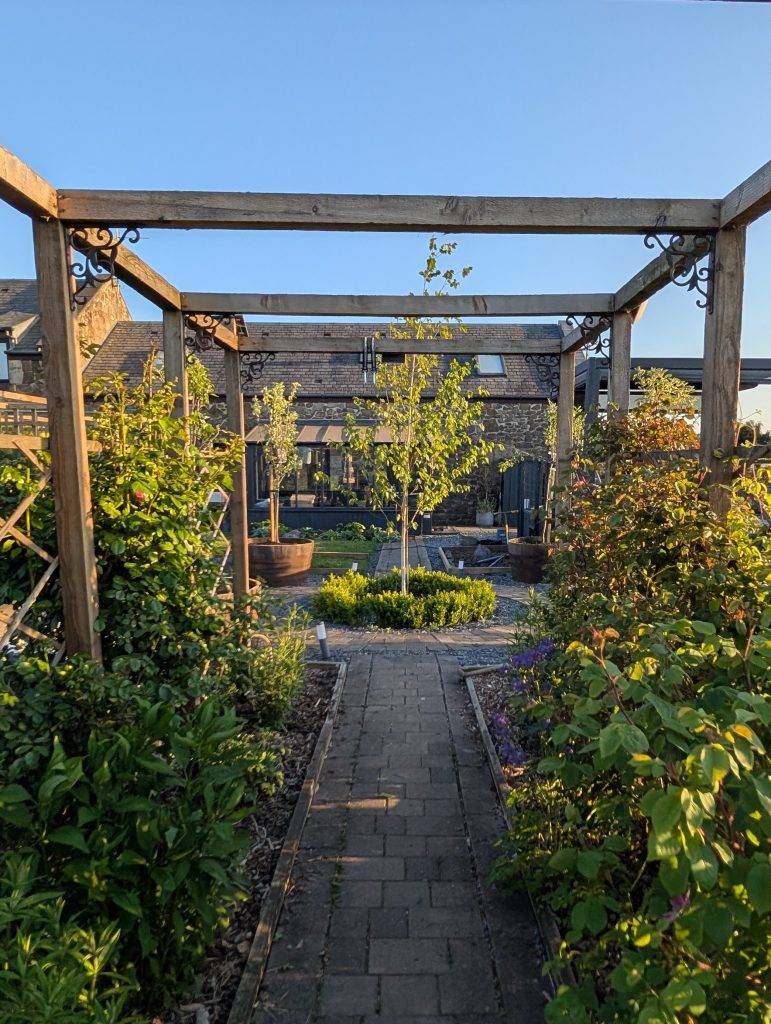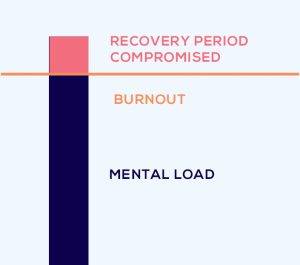
Aug 07 2025
- Productivity
How to spot the difference between fake leisure and real leisure
May 19, 2025Do you have less energy or more energy after doing it?
Its counterintuitive but sometimes doing MORE of something requires LESS energy.
Allow me to explain this throiugh a gardening anaology, which you can apply to your business, to get twice as much done with LESS effort.
today in the garden, I’d just had a lot of fun chainsawing a whisky barrel in half,
to build large planters which I now need filled with almost a ton of soil.
Normally I’m always on the lookout for the easiest option, the best tool…
The path was too twisty and tight for a wheelbarrow,
and I even tried building a ramp up the edge of the large planters so I could tip the soil right in.
But In the end, the rule of Occam’s razer applied:
The simplest solution was the best.
It proved easier to simply lift buckets full of soil instead.
But here’s where it gets interesting:
What I noticed was that it’s physically easier to carry 2 full buckets of heavy soil,
Than it is to carry 1 bucket at a time.
2 buckets is, of course, more efficient:
I had to walk the distance from the bags of soil to the planters each time.
So it requires the same walking time to deliver X2 the amount of soil.
You’ll see this in business a lot.
Your smaller projects require the same amount of admin as projects which bill for X2 as much.
But I’m not talking about efficiency…
I mean physically easier.
Somehow X2 buckets needs less muscle power. Less energy.
My theory on this…
If you carry one bucket you have to use your abs and muscle power to awkwardly counteract the sideways pull of the bucket, which sites awkwardly outside your centre of balance.
But with 2 buckets the weight counteracts the other,
And the only effort is the vertical weight of the bucket.
And each arm can apply the same upwards power to each bucket with no extra effort.

In other words, the work is balanced.
One bucket balances the other,
and provides better lifting form.
But how is this relevant to running a solo business?
In lots of ways:
Raising your prices simultaneously increases your profit and attracts better clients, who require less admin.
(Low price clients are famously more work).
Which means you typically earn more money for less overall work.
How I’m applying this to my own business?
I’m bulk and batch processing my tasks.
Don’t write one social post at a time
I answer multiple emails in one go.
I focus on doing lots of one similar task at a time
I theme my days.
This is not the 1st time the humble bucket has led me to wisdom.
Here’s one more lesson in using leverage to build the life you want.
P.s here’s the planters:

Your daily routine is a multiplier.
Bad habits = chaotic life
A good day = a good life
Your “life” is the foundation you build you business on
So design your routine,
Stick to it every day.
July 18, 2024A good routine is how you live a good life
Everyday I wake up, stretch and row 1km.
I’ve been doing it about a year.
I do it even when I don’t feel like it. Which is most days.
Here’s something interesting I noticed:
It takes me almost exactly 5 minutes.
On some days I give it everything I have.
I strain
I push
I practically poo myself.
⌚It takes me almost exactly 5 minutes (give or take 10 seconds)
On some days I don’t feel it.
When I feel I’m in danger of not doing it, I allow myself a “cheat” day,
where I put in the minimum amount of effort.
⌚It takes me almost exactly 5 minutes (give or take 10 seconds)
Sometimes putting in maximum effort makes so little difference, that you may as well show up and put in just what’s needed.
This is known as the Pareto principle or the 80/20 rule:
The exact ratio doesn’t always hold,
But the law applies across almost all of life and business:
80% of your leads will come from one source
One client will be the source of all your woes.
Spending 20% of the budget will achieve 80% of the results.
Where else can we apply this principle in your life and business?
Where can we put in less energy for more results?
The answer seems easy.
Just do more of the 20% and less of the 80%.
Telling them apart is the tricky bit.
Concentrate on the vital few vs the irrelevant many.
April 29, 2024The least amount of effort, compounds into the same result as “giving it your all” if you keep it up long enough.
Feeling busy is not the same as being busy.
Feeling productive is not the same as being productive.
My hours are the same.
my workload is much the same.
So why am I feeling burnt out?
I keep saying
“I’m too busy I have too much on” I moan.
but then I imagine how the stoic sage on my shoulder might respond:
“But Nick aren’t you forgetting that you’ve been for a nice walk today,
You also had enough time to spend an hour in the garden”
I’m focusing on the negative.
I forget that I do have time.
The issue is not that I’m physically busy,
the issue is that I’m mentally busy.
The problem is not volume,
it’s intensity.
Even in my downtime my brain is still processing problems in the background.
So my brain is too cluttered to enjoy even my leisure time.
This is the problem with burnout, it starts to seep into your leisure time too,
and makes it harder to dewind and enjoy life.

I have too many plates spinning and too many complex projects running at a time.
I need to balance mental vs physical work.
I need to set aside more thinking time
I need to reduce the no of complex projects I take on at a time by saying NO to others and to myself.
April 23, 2024The more projects I have on, the more I need to make spare time as breakout space to process, for my mental health.
We all have thoughts like these.
But every obstacle is an opportunity to take responsibility, to learn, to harden yourself, to expand your mind, to create a good story for later.
Your behaviours are a series of habits.
carving a familiar groove into your brain,
like water running downhill.
You either become better at tackling your problems…
or better at procrastinating on important tasks.
April 23, 2024Each time you make a choice you are reinforcing a habit.
There is a point in any project or endeavour,
Where you make quick gains at the start,
you feel like you’re winning,
then suddenly you hit the hump.
This is where most people give up.
It’s like driving a car:
easy to get to 30 mph.
just a little bit harder to get to 60mph
much harder to get to 70mph
Success is doing the same things up to the point where you lose momentum, then carry on.
Carrying on until the next paradigm shift or breakthrough
every long term project has multiple humps.
at this point shiny object syndrome normally kicks in and you move onto something else and start again.
Realign with your goals
stay to the path
April 1, 2024Use consistency to beat the hump
Your contact details will be private. The answer to your Question will be public so other solopreneurs learn from it.